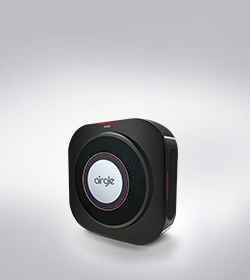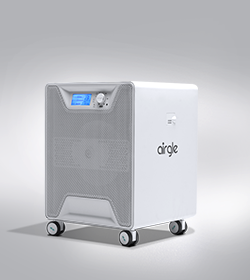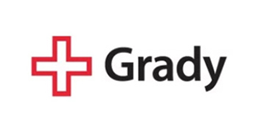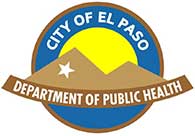Air Purification for Healthcare
Indoor Air Quality (IAQ) is critical in all healthcare settings. Medical environments are extremely conscious of the threat of communicable diseases. More than ever, patients, doctors and staff are at risk for being exposed to airborne diseases like COVID (SARS-CoV-2), Influenza, RSV (respiratory syncytial virus).
Since 1999, Airgle Corporation has been an industry leader, specializing in air purification solutions, which effectively reduces the risk and rate of healthcare-associated infection (HAIs), while ensuring that hospitals and clinics are safe and clean.

Airgle systems are Biosafety Level-3 Laboratory tested in the United States for Airgle’s ability to purify air against COVID (CoV-2), other airborne pathogens and ultra-fine contaminants. The findings read:
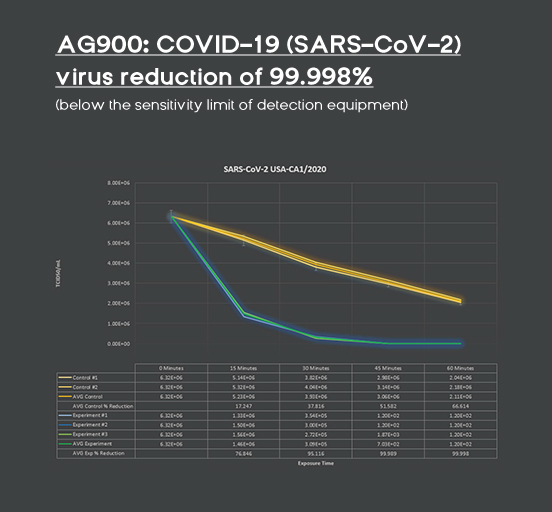
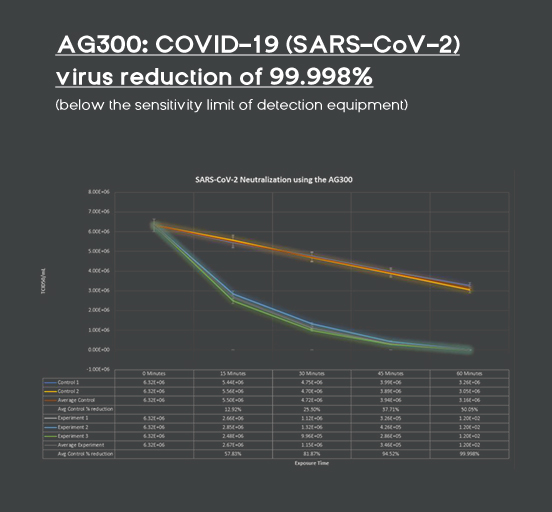


Since 1999, Airgle Corporation has been an industry leader, specializing in air purification solutions. Our air purification solutions are engineered to combat airborne pathogens, including COVID(CoV-2), ultra-fine particulates and VOCs in all indoor settings. Headquartered in New York, Airgle Corp. manufactures the only air purifiers possessing a cHEPA filter, with a capture threshold down to 0.003 microns and an ultraviolet titanium module, which neutralizes viruses, other pathogens and VOC’s with our photocatalytic oxidation technology.
Certification Authority
Highly recognized certifications, which Airgle systems have earned.

AHAM Association of Home Appliance Manufacturers
Airgle air purifiers have continuously passed AHAM testings for over 12 years..

ETL Electronic Safety Certification
Intertek, one of the world’s largest companies that specializes in consumer product testing, inspection and certification, has a worldwide reputation for its proven expertise, quality and integrity..

Energy Star Certification
A government program, launched by the US Department of Energy and the Environmental Protection Agency, aims to protect the environment and save energy..

CARB (California Air Resources Board)
The California State Government banned the sale of ozone-excessive air purifiers many years ago..

Airgle continues to establish ultra-purified, indoor air for the safety of patients and doctors by:
- Decreasing the exposure risk of airborne pathogens such as COVID (SARS-CoV-2), Influenza, RSV (respiratory syncytial virus) and other microbiological threats.
- Adsorbing and neutralizing VOCs (Volatile Organic Compounds), such as chemicals and gases, which are commonly found in buildings.
- Capturing ultra-fine particulates, which can often remain airborne for hours or even days, such as dust, pollen, mold spores and other allergens.
Not addressing risks increases potential short and long term health problems by:
- Negatively impacts the health and safety of patients, doctors and staff.
- Accelerates the deterioration of healthcare facilities and equipment.
- Increases the potential for healthcare closures or the relocation of patients.
- Can result in negative publicity.
- Impacts community trust.
- Can create liability issues.
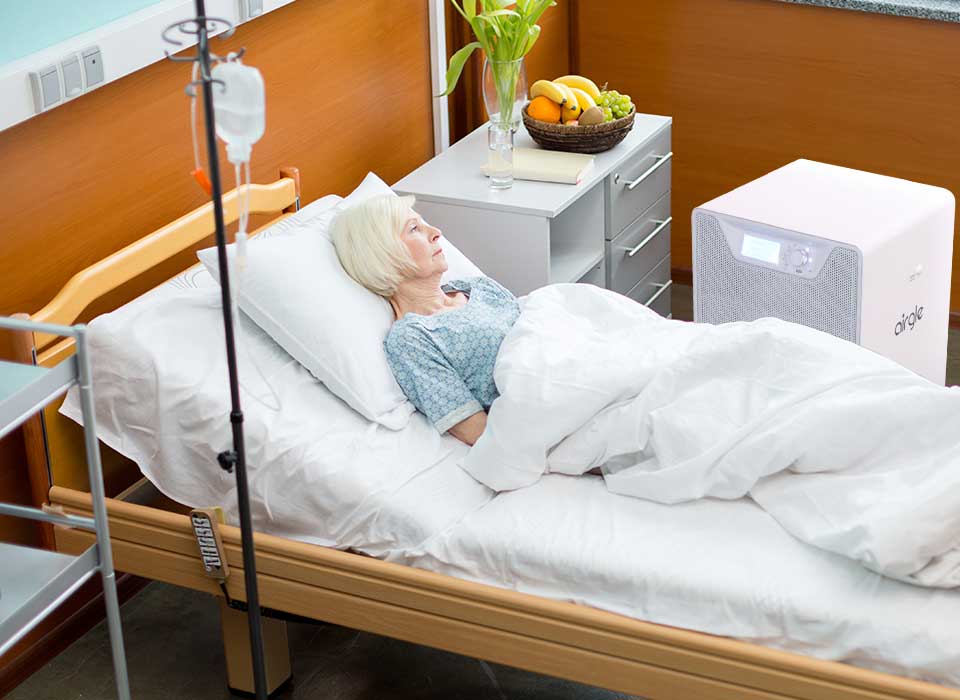

Outdoor Sources of Polluted Air
- Dust, soot, pollen, fungal spores
- Industrial emissions
- Vehicle emissions
- Loading docks
- Odors from dumpsters
- Unsanitary debris or building exhausts near outdoor air intakes
- Radon
- Pesticides
- Leakage from underground storage tanks
Building Equipment
- Microbiological growth in drip pans, ductwork, coils and humidifiers
- Improper venting of combustion products
- Dust or debris in ductwork
- Emissions from office equipment (volatile organic compounds, ozone)
- Emissions from shop, lab, and cleaning equipment
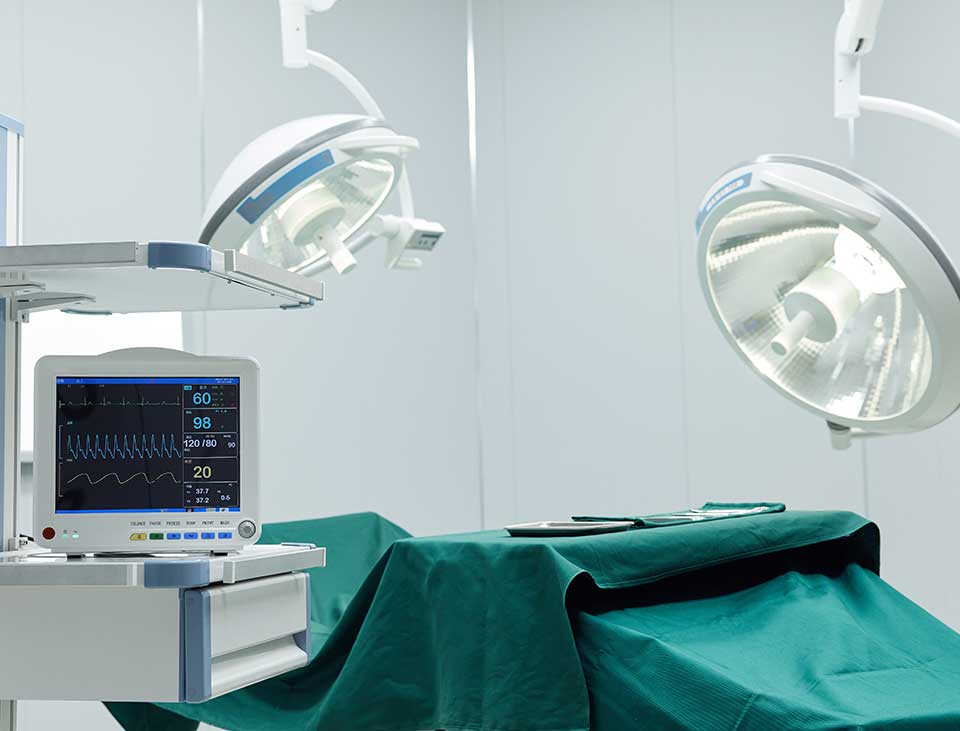

Components and Furnishings
- Microbiological growth on or in soiled or water damaged materials
- Materials containing volatile organic compounds, inorganic compounds or damaged asbestos
- Materials that produce particles (dust)
- Emissions from new furnishings and floorings
Other Indoor Sources
- Medical and laboratory supplies
- Copy/print areas
- Food prep areas
- Cleaning materials
- Emissions from trash
- Odors and volatile organic compounds
- Occupants with communicable diseases
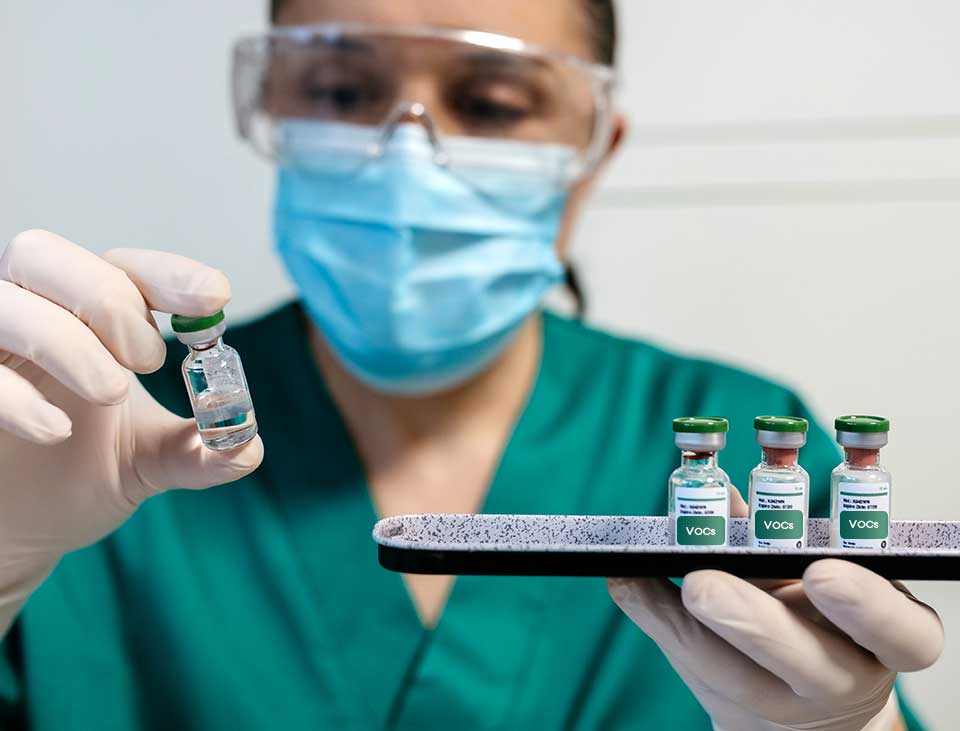

 Support
Support Login
Login
 Sign Up
Sign Up
 Cart
Cart


 Login
Login Sign Up
Sign Up